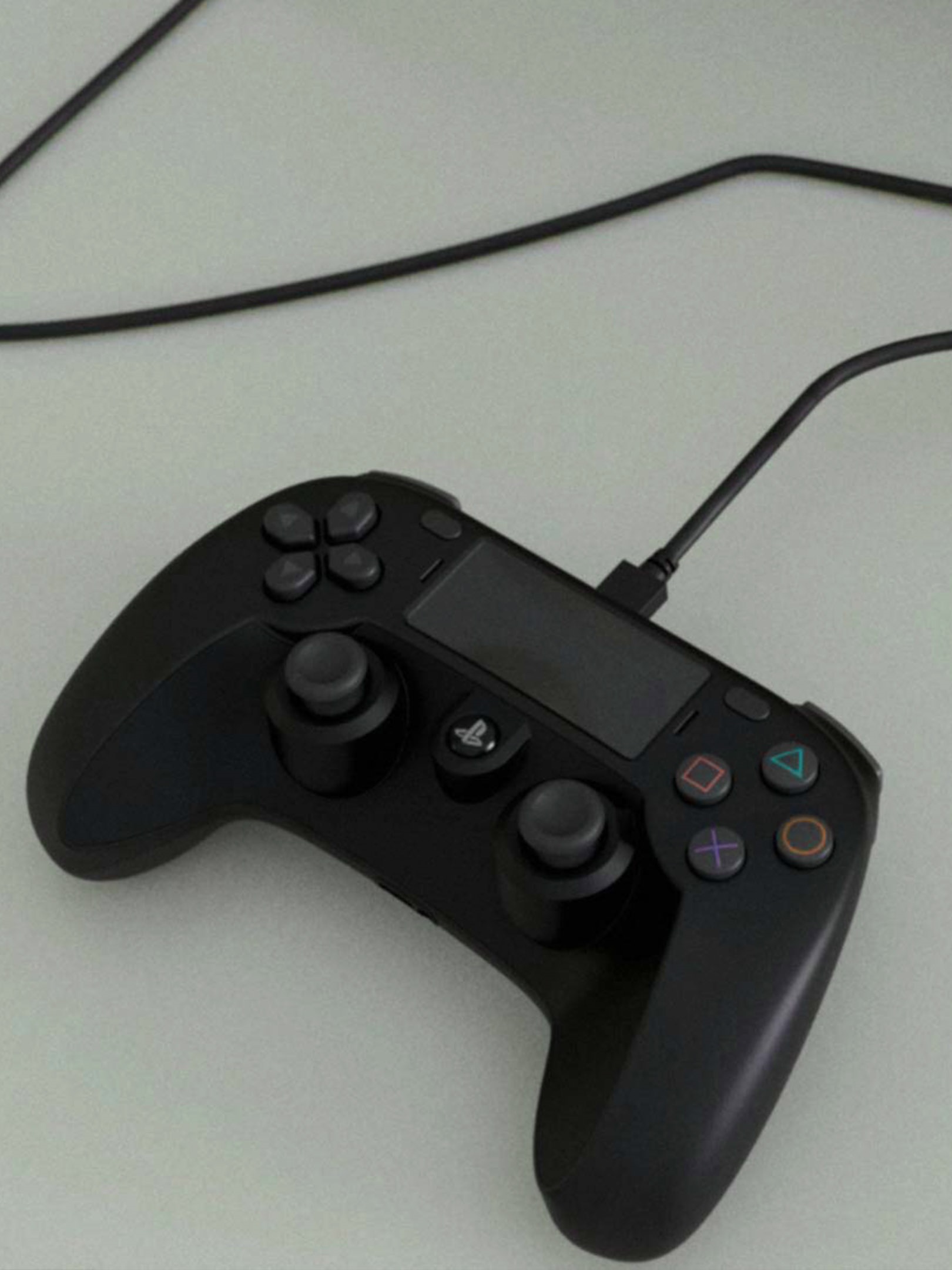anexanhume
Veteran
What exactly do you think would be the tasks to be performed by this dedicated PSVR2 SoC, considering it would need such an exquisite cooling setup?
I just can't see why a SoC would even be needed, much less one that would need a cooling setup that surpasses even those vapor chamber heatsinks we're seeing on gaming phones with a Snapdragon 855.
Anything on the order of a tablet’s TDP. Local processing has to be done for a wireless system, particularly one with eye tracking.
For a >100W SoC with HBM underneath, the smaller side-B heatsink would provide cooling for the memory while a more conventional and larger side-A heatsink (+ fan) would cool the SoC.
The point for this would be to 3D-stack the HBM and SoC to forego the need for an interposer and its packaging costs, while at the same time preventing the memory stacks from overheating.
Why else would someone use this heatsink arrangement?
The image shown does not include space for a topside heatsink, instead depicting an antenna. Additionally, it suggests EMI compatibility is enhanced in this application. If your memory clocks are in your transmission band (read: you’re not 5GHz or 60GHz), switching noise could degrade receiver sensitivity.
I’d also ask you exactly what problem they’re solving if they can fit a traditional heatsink on top of the package?
Last edited:



